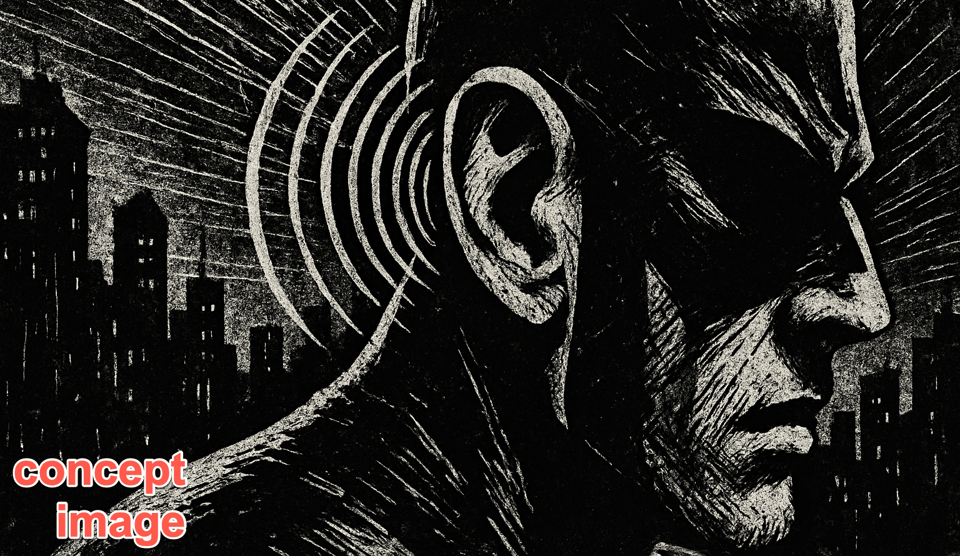When AI Outpaces Our Senses & Expectations
Exploring AI's role in design, the importance of clear communication, and keeping human control.
One signal 🔭
One prompt 🧠
One subtraction opportunity ➖
Created by Sam Rogers · Powered by Snap Synapse
🔭 Signal: Machines With Alien Contexts
We recently worked with a client to extend an interactive game. They’d previously worked with a professional illustrator to create custom character designs, background art, the works.
To prototype new material, I used AI to generate additional artwork in a similar style. Not as a replacement, but as a tool for layout and design feedback. I thought it would be faster, more flexible, and much more cost-effective than our usual process of hunting for stock imagery and rounds of back and forth. We expected delight. Maybe even applause.
Instead, the room fell quiet:
“Wait. Did we just replace our artist?”
“Don’t we owe them something for this?”
“Isn’t this… wrong?”
These weren’t objections. They were honest, responsible reactions. The concern wasn’t about copyright, it was about control. The outputs looked finished. Final. But no one had signed off on this process, or even discussed whether AI should be involved.
What we saw as a mockup, they saw as a deliverable.
And what they felt was disorientation.
Why it matters:
Modern AI tools sense and synthesize data across domains we don’t see, hear, or hold. That’s useful, and can be unsettling. When machines operate in contexts we can’t perceive, trust breaks down. Not because the tool is wrong, but because the interface to human confidence is missing.
🧠 Strategic Prompt
How do you communicate the intended use (and limits) of an AI tool at the very first moment it's introduced?
Or:
Which output in your workflow causes confusion simply because no one knows if it’s a draft or a final product?
➖ Suggested Subtraction
🚫 Remove the assumption that AI outputs are ready for approval.
Instead, treat them like wireframes or stock photo comps:
Label clearly. Include “concept” in the filename and watermark the image.
Route smartly. Run it through your normal SME check.
Dispose freely. Delete or pass to a human pro once its purpose is served.
Result: Machines accelerate exploration.
Humans retain authorship and final control.
🕵️ Analogy of the Week: Superpowers for Human Use

My favorite superhero was always Marvel's Daredevil (new season now streaming), the blind lawyer by day, acrobatic crimefighter by night. His superpower? Heightened senses. Though he can't see with his eyes, he perceives what others can’t, then navigates accordingly.
If Daredevil joined your next strategy meeting, he wouldn’t see what you see. But he would pick up threats and patterns others had missed. And with trust, the whole team could benefit.
AI is like that. It “sees” in ways we don’t.
But we don’t need to see what it sees in order to leverage its power, we just need to make its perceptions legible to humans.
That’s interface work. The part most AI projects forget, until it’s too late.
🎶 Closing Notes
Tooling outpaces context. But if the machine’s lens feels alien, we can subtract the friction by building a usable interface, then plug it back into the human loop.
→ Try a Signal Check? Something feeling off? Trust fading? Before it spirals, send us one artifact. We’ll show you what’s breaking, and what to do about it. Reply to this email to engage us.
→ Want AI-guided support? Meet the CAIO Copilot built from the same Signals DNA.
→ Recommended reading: The Endeavor Report. See 8 case studies from diverse organizations exploring AI in workforce solutions, and how these can be applied through the lens of one model that we love.
Until next time,
Sam Rogers
Context Translator, Snap Synapse
